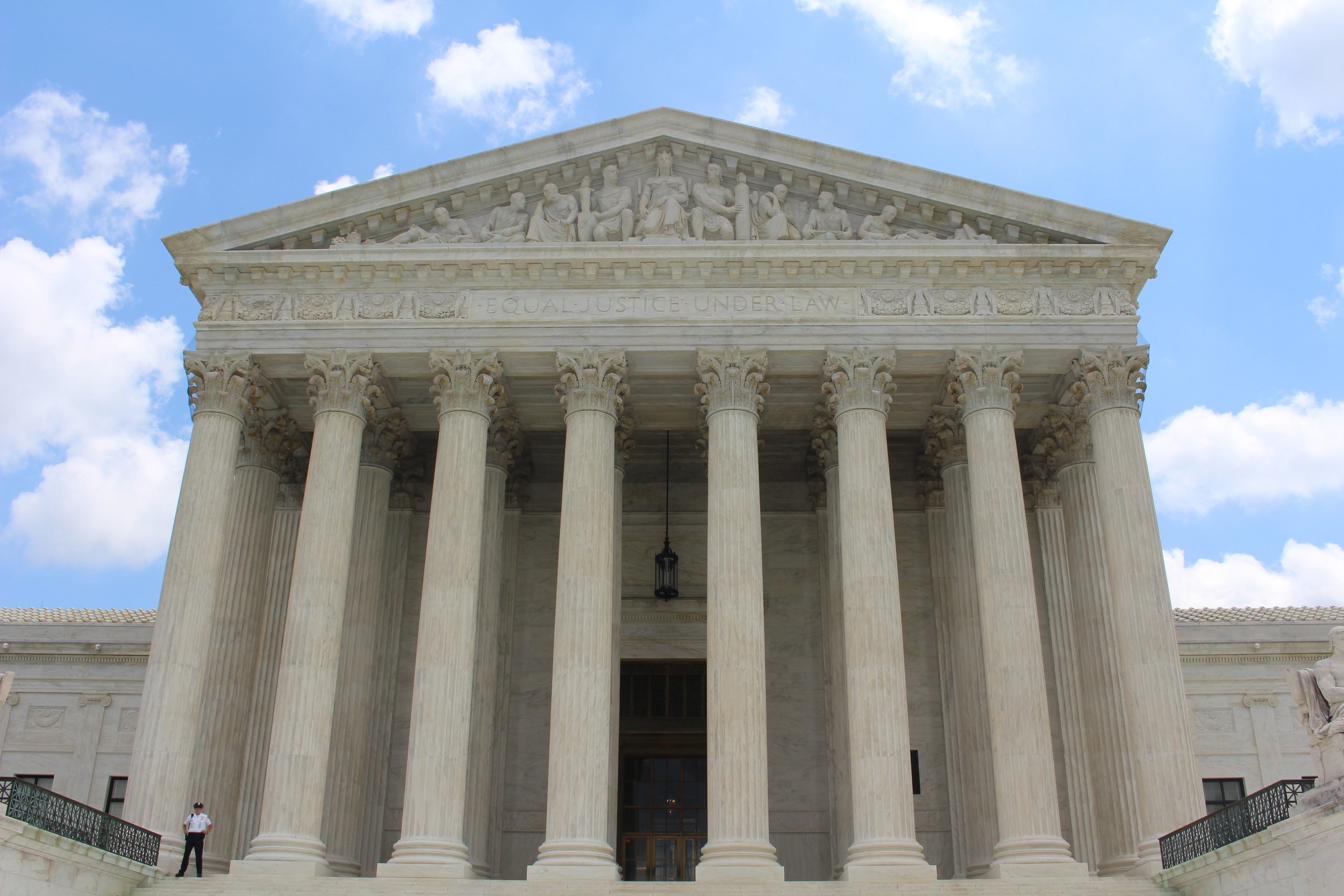The Complexities of Filing a Habeas Corpus Petition: A Guide for Seeking Post-Conviction Relief
Browsing the intricacies of submitting a habeas corpus application is a critical step for individuals seeking post-conviction relief. As one of one of the most detailed lawful solutions offered, recognizing the subtleties entailed in this procedure can make a considerable difference in the outcome of a case. From recognizing the grounds for filing to meeting the strict procedural needs, each step calls for thorough focus to detail and an extensive understanding of the legal structure. By checking out the complexities of this crucial lawful tool, individuals can reveal prospective avenues for tough sentences and eventually aim for fair end results.
Recognizing Habeas Corpus Requests
When looking for to comprehend habeas corpus applications, it is important to realize the essential lawful concepts underlying this powerful legal solution (Attorney). Habeas corpus, a Latin term significance "you will have the body," is a legal action that allows individuals to look for remedy for unlawful apprehension or jail time. This centuries-old writ acts as a guard against arbitrary state activity by providing a system for people to test the legality of their confinement
The keystone of a habeas corpus application is the assertion that the petitioner's constitutional rights have been breached, leading to their illegal detention. This can include claims of due process infractions, inefficient help of advice, freshly discovered proof, and even administrative mistakes. Habeas corpus petitions commonly emerge in the context of criminal proceedings, where individuals challenge the legality of their convictions or the conditions of their arrest.

Premises for Declaring
There are a number of lawful premises on which individuals might submit a habeas corpus application, each working as a basis for challenging the lawfulness of their apprehension. These premises generally include constitutional infractions, inadequate assistance of counsel, recently discovered evidence, prosecutorial misconduct, and administrative issues.
Constitutional violations form an usual basis for filing a habeas corpus request, incorporating cases such as offenses of the right to a reasonable test, due procedure, or defense versus vicious and uncommon penalty. Inadequate aid of counsel claims occur when an accused's legal representation during the trial or appeal was so deficient that it undermines self-confidence in the outcome. Freshly uncovered proof, if confirmed to be worldly and most likely to alter the result of the case, can likewise require habeas relief. Prosecutorial misconduct involves underhanded or prohibited conduct by the prosecution that bias the accused's civil liberties. Jurisdictional defects might develop when the court that convicted the individual did not have the authority to do so, supplying a basis for challenging the detention via a habeas corpus request.
Procedural Needs
Comprehending the procedural demands for filing a habeas corpus petition is crucial for guaranteeing that the lawful procedure is followed properly and effectively. One basic step-by-step need is the fatigue of state remedies. This indicates that before a federal court can take into consideration a habeas corpus request, the petitioner needs to have first offered the cases in state court and went after all available avenues of alleviation. Failing to exhaust state remedies can lead to the government court rejecting the application.
Additionally, there are strict time limitations for filing a habeas corpus application. The Antiterrorism and Effective Execution Act (AEDPA) enforces an one-year law of restrictions, starting from the day on which the sentence ended up being last. This target date can be subject to particular exceptions based on particular conditions.
Additionally, step-by-step demands mandate that a habeas corpus application must consist of all relevant cases and supporting proof. Incomplete or inadequate petitions may be dismissed or delayed, highlighting the importance of detailed preparation and adherence to step-by-step guidelines in seeking post-conviction relief via habeas corpus.
Testing Sentences
Just how can people efficiently challenge convictions with the process of submitting a habeas corpus application? Challenging sentences through a habeas corpus request includes offering lawful arguments that show an infraction of constitutional legal rights, procedural errors, or brand-new evidence that was not offered throughout the original trial. To do well in testing a sentence, petitioners need to reveal that there was a fundamental problem in the criminal procedures that resulted in a wrongful conviction or an unfair sentence. This can include inefficient assistance of advise, prosecutorial transgression, freshly discovered proof of innocence, or offenses of the petitioner's humans rights. Lawyer.
When filing a habeas corpus petition to test a conviction, it is important to abide by strict step-by-step needs, present compelling lawful debates supported by evidence, and express just how the supposed errors influenced the fairness of the test. idhao federal habeas corpus attorneys. Seeking the assistance of skilled lawyers or organizations specializing in post-conviction relief can significantly enhance the opportunities of an effective result when challenging convictions with a habeas corpus request

Safeguarding Fair Outcomes
To attain fair outcomes in challenging convictions with the declaring of a habeas corpus petition, people must meticulously analyze the lawful basis for their cases and present compelling evidence sustaining their assertions. Protecting reasonable end results in post-conviction alleviation process requires a complete understanding of the lawful system, attention to information, and calculated planning. It is vital to have find this a clear strategy in area, describing the particular grounds for the application and exactly how the provided proof aligns with legal arguments.
Moreover, people looking for post-conviction alleviation has to abide by all step-by-step demands and target dates to guarantee their application is considered by the court. Failure to meet these demands can lead to the termination of the request without the values being reviewed. Furthermore, involving the solutions of knowledgeable lawful experts, such as attorneys focusing on habeas corpus requests, can considerably boost the chances of safeguarding reasonable outcomes.
Conclusion
In final thought, the details of filing a habeas corpus application for seeking post-conviction relief entail comprehending the grounds for filing, conference procedural requirements, challenging sentences, and securing reasonable outcomes (utah federal habeas corpus attorneys). It is essential to thoroughly navigate the lawful process to guarantee the very best opportunity of success in seeking relief with this avenue. Recognizing the intricacies of habeas corpus applications is necessary for individuals looking for to challenge their sentences and get justice